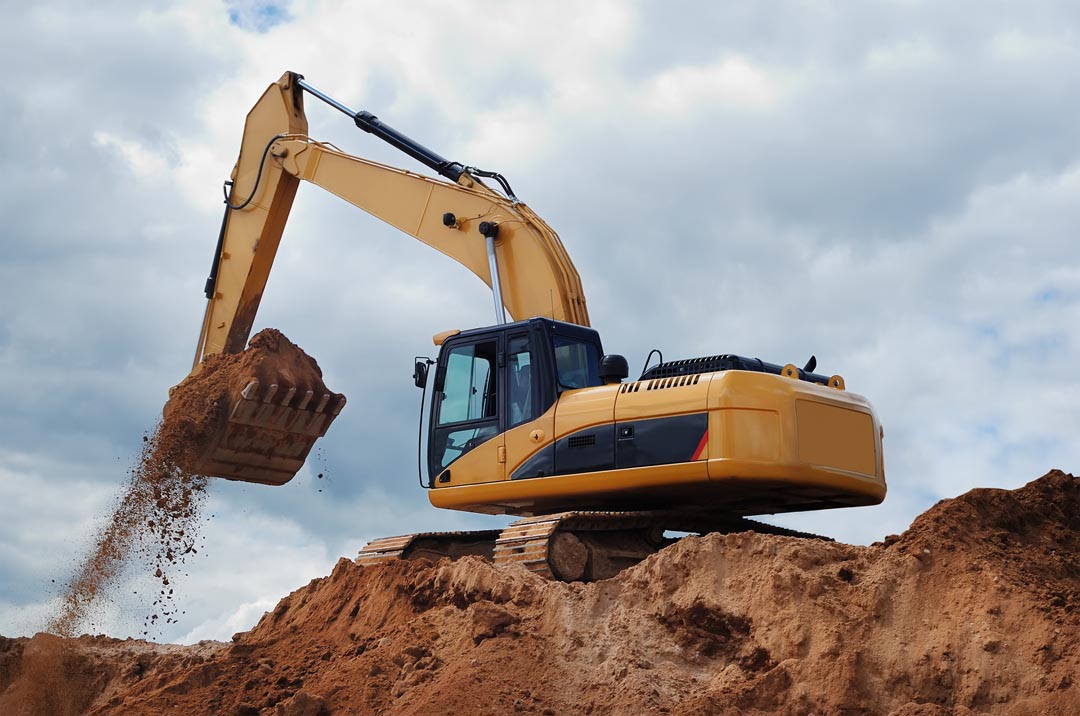Your Trusted Partner for Basement Excavating
Type of construction. The easiest way to excavate a basement is to have a fresh plot of land to build on. It will also make for a faster, more affordable excavation. If you’re digging out a basement space beneath an existing building, you will have fewer options. Consulting with an excavating contractor and a structural engineer is a must for any excavation project. Building foundations are no joke, and you don’t want to do any construction that will compromise your structure’s integrity.
Soil type. Building excavation hinges on the quality and density of soil beneath your structure. If you are building on sandy soil, you will need to dig deep into the earth until you reach bedrock to properly secure your structure. This means you will need a method that permits deep excavation, such as an open-cut cantilever. If you are building on dense clay soil, you may not need to go very far down and could use a slope method for excavation.
Topography. If you are building on a hillside, your retaining walls will be pressed into extra duty. It may require the anchored method of excavation, in which the earth plays a role in keeping your walls stable as you excavate. A steep slope will eliminate the idea of a traditional basement dug into the earth. When you build on a flat piece of land, you have more options available. You will also need to consider the water table—if the water table is close to the surface, you won’t be able to go too deep without having to pump water.
Preparing for foundation pour
Foundation site of new building, details and reinforcements with steel bars and wire rod, preparing for cement pouring



